Home>Ideas and Tips>Edible Landscape Design Combine Beauty And Functionality
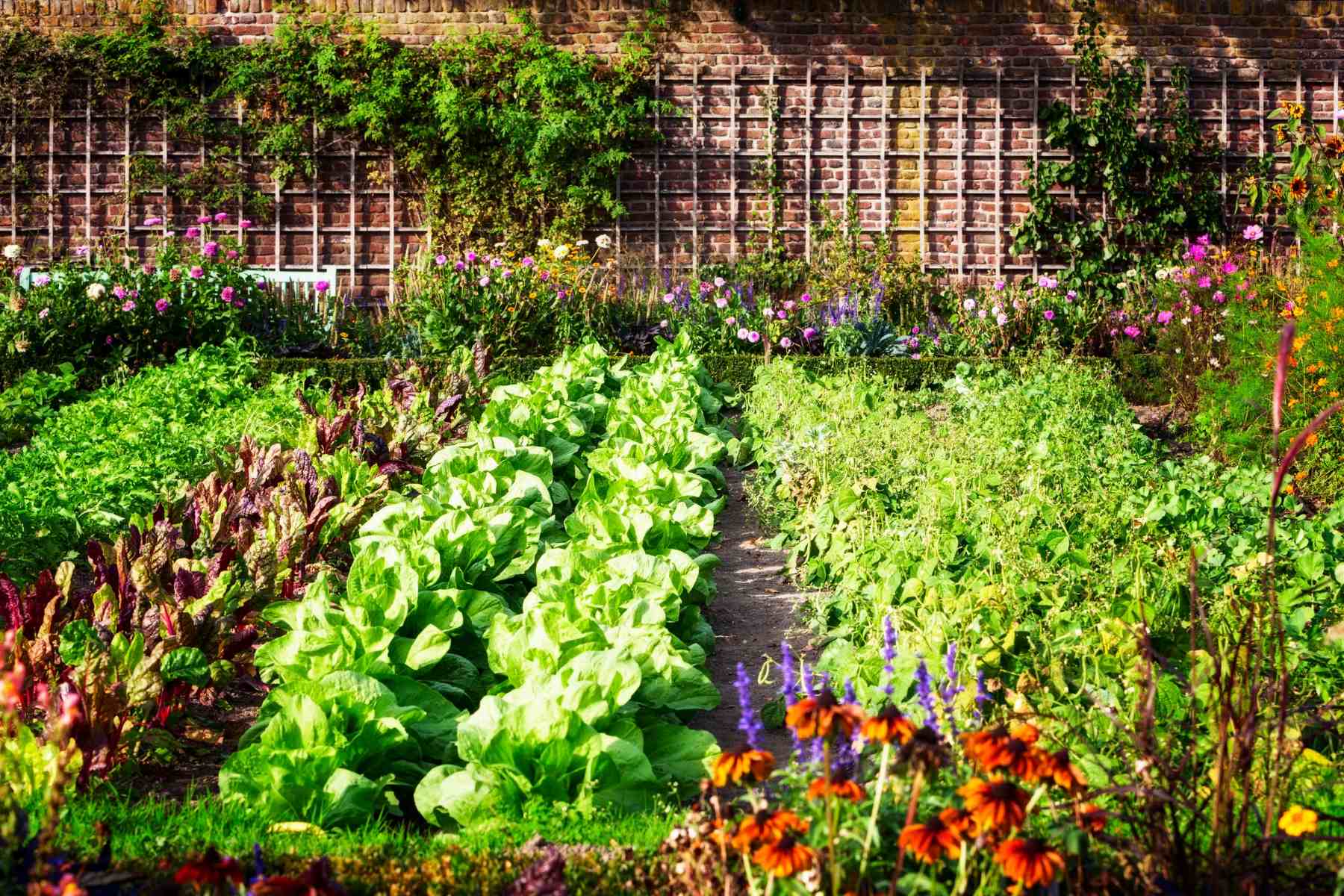

Ideas and Tips
Edible Landscape Design Combine Beauty And Functionality
Modified: October 29, 2024
Discover how to combine beauty and functionality in your garden with edible landscape design, creating a space that's both visually stunning and productive.
(Many of the links in this article redirect to a specific reviewed product. Your purchase of these products through affiliate links helps to generate commission for Storables.com, at no extra cost. Learn more)
Creating an edible landscape is a unique and rewarding endeavor that combines the practicality of homegrown produce with the visual appeal of a well-designed garden. This approach not only provides a sustainable source of fresh fruits, vegetables, and herbs but also enhances the overall beauty of your property. In this article, we will delve into the art and benefits of integrating edible plants into your landscape design, creating a garden that delights the senses while providing a bountiful harvest.
The Concept of Edible Landscaping
Edible landscaping is a revolutionary approach to garden design that merges the beauty of ornamental gardening with the practicality of growing food. This concept isn’t new; it has roots in ancient civilizations where decorative gardens also served as food sources. Today, it’s gaining traction for its sustainability and efficiency, offering numerous benefits. It enhances garden aesthetics while providing fresh produce, encourages a closer connection to the food we consume, and transforms our backyards into thriving ecosystems.
Unlike traditional gardening, edible landscaping focuses on the utility of each plant. It’s an innovative way to approach food production, making it both a functional and beautiful aspect of home gardening. This blend of form and function creates spaces that nourish both the body and the soul, reinforcing the importance of nature in our daily lives.
Planning Your Edible Landscape
Designing an edible landscape requires thoughtful planning to balance beauty with productivity. The right location is crucial for success, needing ample sunlight, fertile soil, and easy water access. Incorporating permaculture principles enhances sustainability by focusing on creating self-sustaining ecosystems that emphasize the use of natural resources and minimizing waste.
A well-planned garden considers the ecosystem as a whole, integrating plants in a way that supports natural pest control and reduces the need for artificial interventions. Such planning also involves rotating crops and using native plants to ensure the garden’s longevity and resilience. By carefully selecting plant varieties and placement, gardeners can create a landscape that is not only productive but also aesthetically pleasing, promoting biodiversity and ecological balance.
Key Considerations for Planning
- Location: Ensure your garden receives sufficient sunlight. Most vegetables and fruits require at least six hours of direct sunlight per day.
- Soil: Conduct a soil test to determine its pH level and nutrient content. This will help you choose the right plants for your soil type.
- Water Access: Easy access to water is essential for maintaining your garden. Consider installing a drip irrigation system or a rainwater harvesting system.
- Ecosystem Balance: Incorporate plants that support natural pest control and pollination, such as companion planting.
Selecting Plants for Edible Landscapes
Choosing the right plants is key to an attractive edible garden. Options like colorful vegetables, fruit trees, and edible flowers offer visual appeal and tasty harvests. Seasonal planning ensures your garden remains vibrant and productive year-round, focusing on selecting a variety of plants that flourish in different seasons.
This process involves understanding the specific needs and growth patterns of each plant, ensuring they complement rather than compete with each other. By selecting plants that flower and fruit at different times, you can create a continuous display of color and abundance. Additionally, integrating plants with varying heights and growth habits adds depth and interest to the garden layout.
Versatile Edible Plants
- Herbs: Herbs are not only culinary treasures but also aromatic and visually pleasing. Rosemary, basil, thyme, and mint can be incorporated into various garden areas, adding fragrance and flavor.
- Fruit Trees: Dwarf fruit trees, such as apple, pear, or peach, can be strategically placed to provide both shade and a seasonal harvest. Consider the ornamental value of fruit blossoms in spring and the shade they provide in summer.
- Berries: Blueberries, raspberries, and strawberries are not only delicious but also add pops of color to your landscape. Create berry patches or incorporate them into existing garden beds for a delightful and productive display.
- Vegetables: Many vegetables possess ornamental qualities. Consider the vibrant hues of Swiss chard or the sculptural beauty of purple kale. Mixing vegetables with flowering plants creates a dynamic and visually interesting composition.
- Edible Flowers: Expand your palate by including edible flowers like nasturtiums, pansies, or calendula. These flowers not only add a burst of color but can also be used to garnish salads or desserts.
Design Principles for Edible Landscapes
Effective design principles can transform your garden into a harmonious blend of beauty and functionality. Using edible plants to create appealing arrangements that consider textures, colors, and heights for dynamic design is crucial.
Edible plants can serve unexpected roles, like ground covers or hedges, adding depth and interest to your garden layout. This approach not only maximizes the use of space but also enhances the garden’s aesthetic appeal, making it a delightful place to spend time.
By carefully planning plant placement, gardeners can achieve a harmonious balance between ornamental and edible species, creating a landscape that is both beautiful and productive. The incorporation of structural elements like trellises and paths adds to the garden’s functionality and visual appeal.
Tips for Effective Placement
- Borders and Edges: Use edible plants as borders or edges to soften the transition between different garden areas. Herbs like rosemary or lavender can form fragrant borders, while low-growing fruits such as strawberries add a touch of sweetness to garden pathways.
- Container Gardening: Elevate your landscape design by incorporating edible plants into containers. Pots filled with colorful peppers, cherry tomatoes, or herbs not only add visual interest but also offer the flexibility to rearrange your garden as needed.
- Vertical Gardening: Utilize vertical space by training edible plants to climb trellises or walls. Grapes, beans, or even kiwi vines can add a vertical dimension to your garden, creating a striking visual impact.
- Mixed Plantings: Intermingle edible plants with ornamental ones to create a lush and diverse garden. Consider planting lettuce or kale alongside flowering perennials for a seamless blend of textures and colors.
Combining Edibles with Ornamentals
Integrating edibles with ornamentals achieves a cohesive garden look, enhancing both aesthetic and practical benefits. Companion planting can control pests and improve pollination, a natural way to maintain a healthy and beautiful garden.
This strategy also encourages biodiversity, attracting beneficial insects and promoting a balanced ecosystem. By mixing edibles and ornamentals, gardeners can create a visually appealing landscape that also produces a variety of fruits, vegetables, and herbs.
Companion Planting
Companion planting involves growing mutually beneficial plants together. For instance:
- Plant basil near tomatoes to improve flavor and repel pests.
- Plant marigolds with tomatoes to deter nematodes.
- Plant beans with corn and squash to create a symbiotic relationship known as the "Three Sisters."
Read more: The Forbidden Fruit Of Edible Landscaping
Maintaining Your Edible Landscape
Organic gardening practices are essential for edible landscapes, ensuring your garden is productive and environmentally friendly. Water management is also crucial, with techniques like irrigation and rainwater harvesting supporting plant health.
Seasonal care and pruning keep your garden looking its best, emphasizing the importance of a proactive approach to garden maintenance. This includes regular monitoring for pests and diseases, applying organic solutions when necessary, and enriching the soil with compost and other natural amendments.
Mulching plays a critical role in moisture retention and weed suppression, further supporting the health of the garden. By adopting these sustainable practices, gardeners can ensure their edible landscape remains vibrant, productive, and beautiful throughout the year.
Seasonal Care
- Spring: Prepare your soil by adding compost or manure. Plant cool-season crops like lettuce, spinach, and peas.
- Summer: Continue to water regularly and monitor for pests. Prune plants to maintain shape and promote healthy growth.
- Fall: Harvest remaining summer crops and plant cool-season crops again.
- Winter: Protect plants from frost using mulch or row covers. Plan for next season by ordering seeds or seedlings.
Challenges and Solutions
Edible landscaping faces challenges like pests and diseases, but there are eco-friendly solutions available. Here are some strategies to address these issues:
- Pest Control: Use natural pest control methods such as introducing beneficial insects (like ladybugs or lacewings), using neem oil, or planting pest-repellent herbs like basil or mint.
- Disease Prevention: Implement crop rotation to reduce the risk of disease transmission. Use organic fungicides like copper-based products or sulfur.
- Soil Health: Maintain soil health by adding organic matter like compost or manure. This will improve soil structure and fertility, making it less susceptible to pests and diseases.
Maximizing Space with Raised Beds and Containers
Limited space shouldn’t deter you from creating an edible landscape. Raised beds and containers are excellent solutions for maximizing space in your garden. They allow you to grow a variety of plants in a confined area, making them a perfect fit for small patios, balconies, or yards.
Raised beds also add an architectural element to your garden, providing height and structure that can enhance the overall aesthetic appeal. Employing 3D design software can be a game-changer when it comes to strategizing your garden layout prior to planting.
This type of software allows you to visualize the arrangement of plants, their growth over time, and even how sunlight will interact with your garden throughout the day. You can experiment with different layouts, plant types, and color schemes without having to physically alter anything in your garden.
Incorporating a Variety of Colors, Textures, and Shapes
An aesthetically pleasing edible landscape is one that incorporates a variety of colors, textures, and shapes. By selecting plants with diverse foliage, flowers, and fruit, you can create a vibrant and dynamic garden that stimulates the senses.
For instance:
- Rainbow chard with its colorful stems
- Feathery carrot tops
- The glossy red fruits of tomato plants
All contribute to a visually stunning edible landscape.
Grouping Plants Based on Their Needs
The key to a thriving edible landscape lies in the strategic grouping of plants according to their sun and water requirements, a method known as companion planting. This technique not only simplifies garden maintenance but also bolsters the health and productivity of your plants.
Plants with similar needs can provide mutual support, sharing nutrients, warding off pests, and creating a microclimate that boosts overall growth. In essence, companion planting creates a harmonious garden ecosystem where each plant contributes to the welfare of its neighbors.
Creating Natural Borders with Edible Ornamental Grasses
Incorporating edible ornamental grasses into your landscape design can serve a dual purpose. Not only do they establish natural borders that add structure and depth to your garden but they also provide an unexpected source of food.
Take lemongrass for instance, which can be harvested and used to flavor a variety of dishes, or wheatgrass, which can be juiced to make a nutrient-packed beverage. These grasses are proof that functionality and aesthetics can coexist beautifully in an edible landscape.
Implementing Eco-Friendly Pest Solutions
Finally, part of creating a functional and beautiful edible landscape involves protecting your plants from pests. Instead of resorting to harmful chemicals, consider eco-friendly solutions like planting geraniums or African marigolds to deter Japanese beetles.
By adopting these sustainable practices and incorporating a variety of edible plants into your landscape design, you can transform your garden into a productive and visually stunning edible landscape that will provide you with fresh produce and a beautiful outdoor space to enjoy.
Was this page helpful?
At Storables.com, we guarantee accurate and reliable information. Our content, validated by Expert Board Contributors, is crafted following stringent Editorial Policies. We're committed to providing you with well-researched, expert-backed insights for all your informational needs.
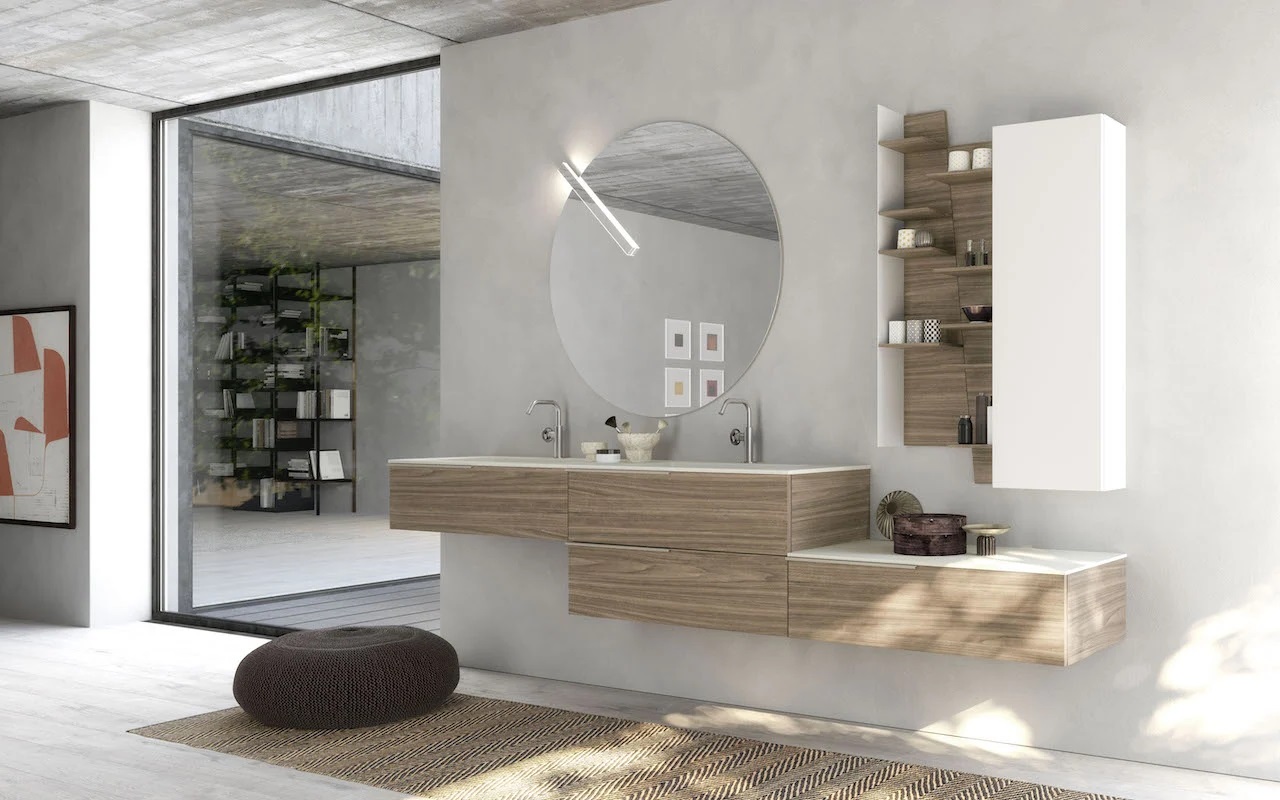
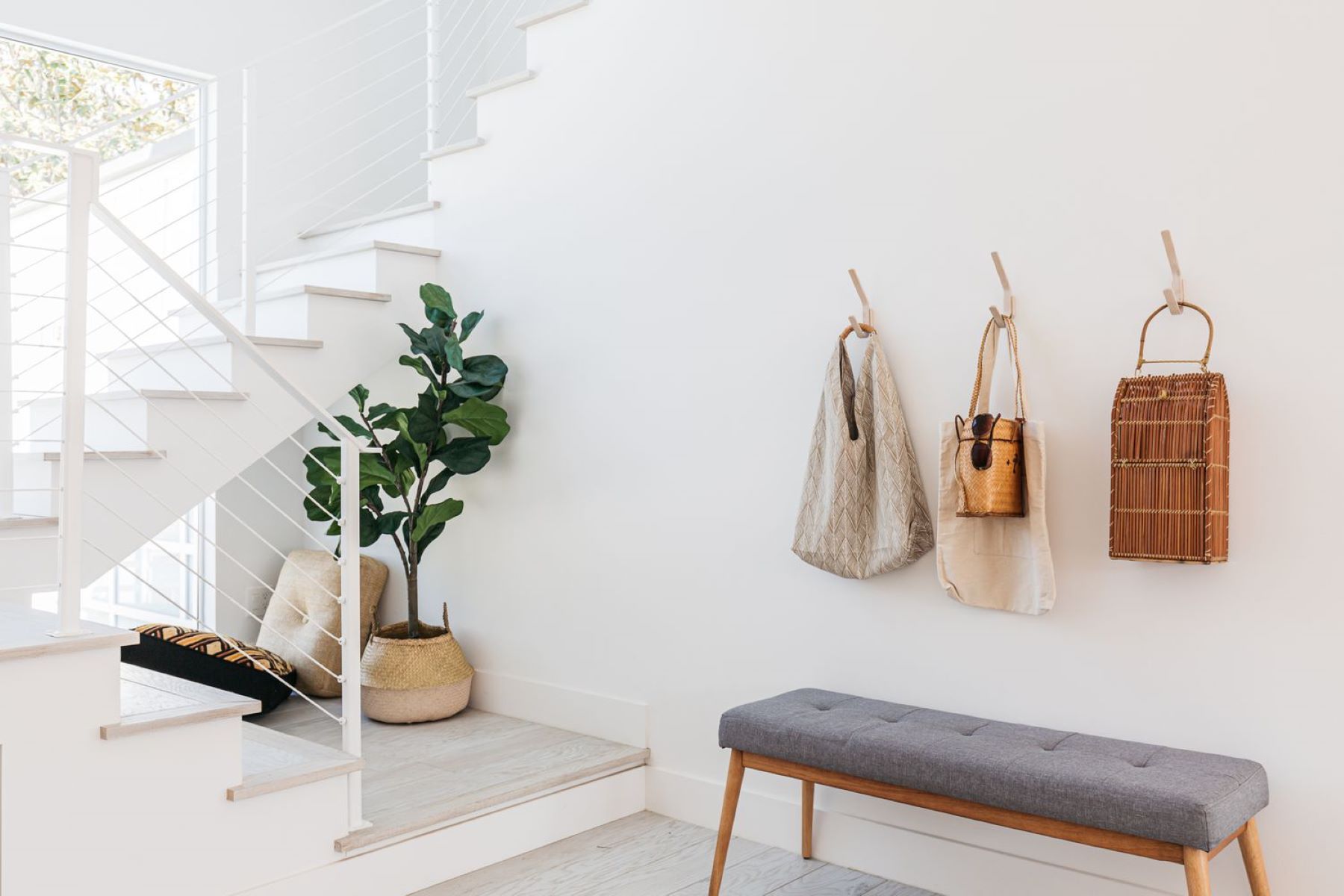
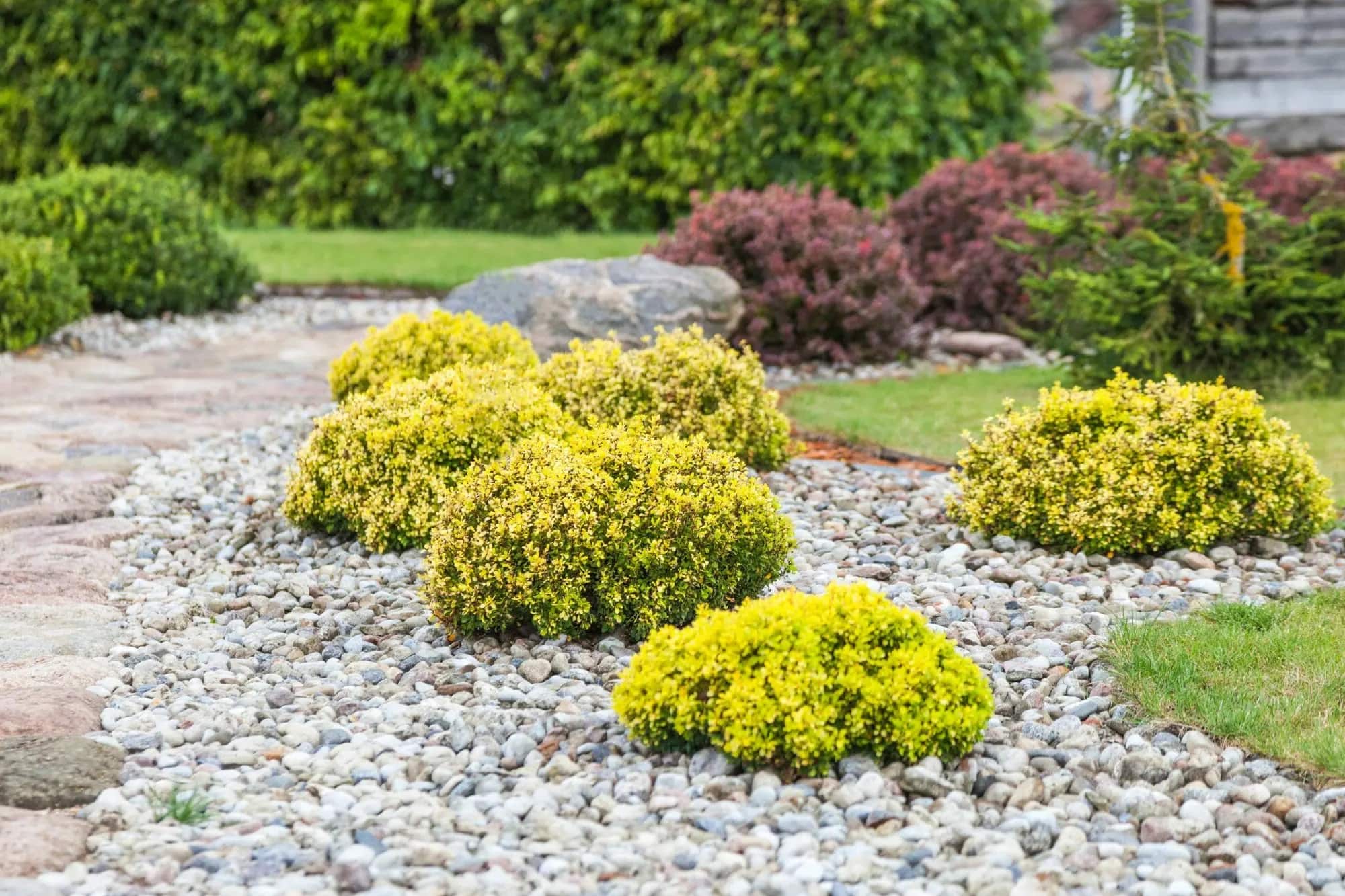








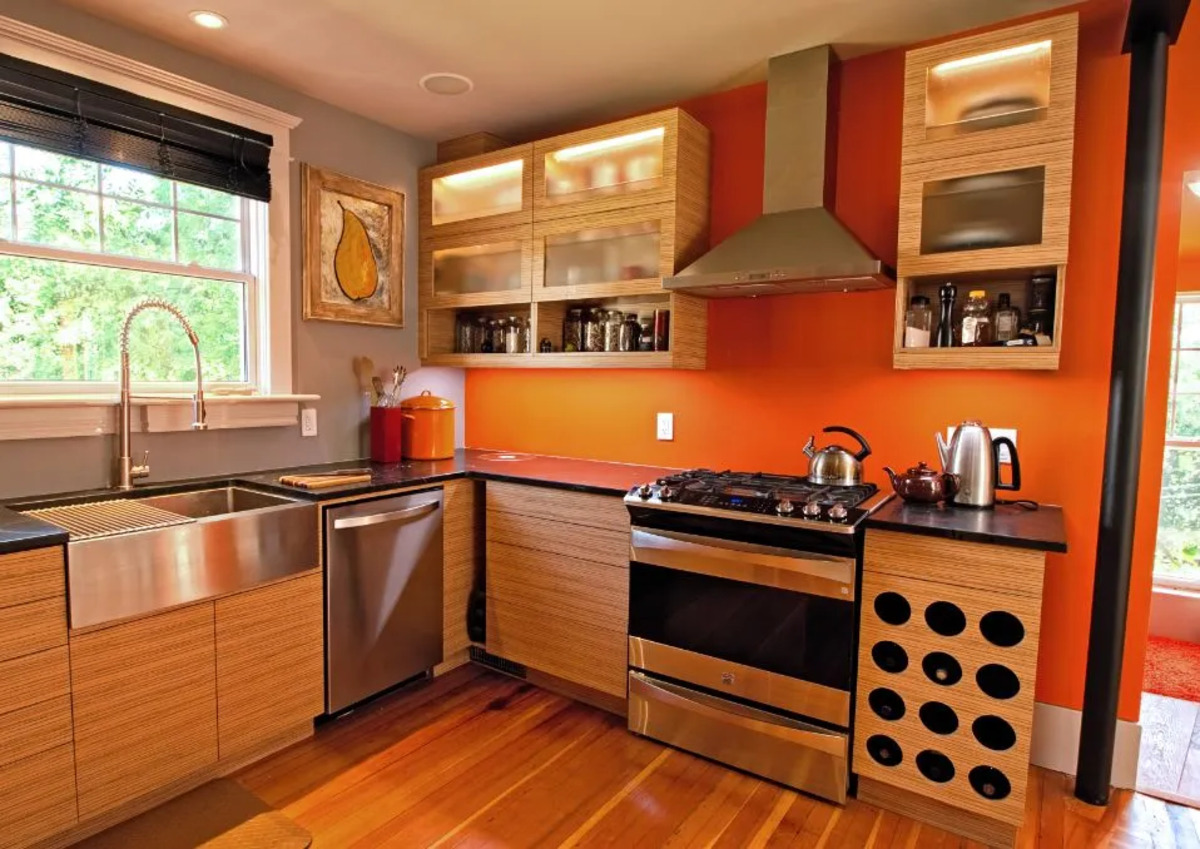
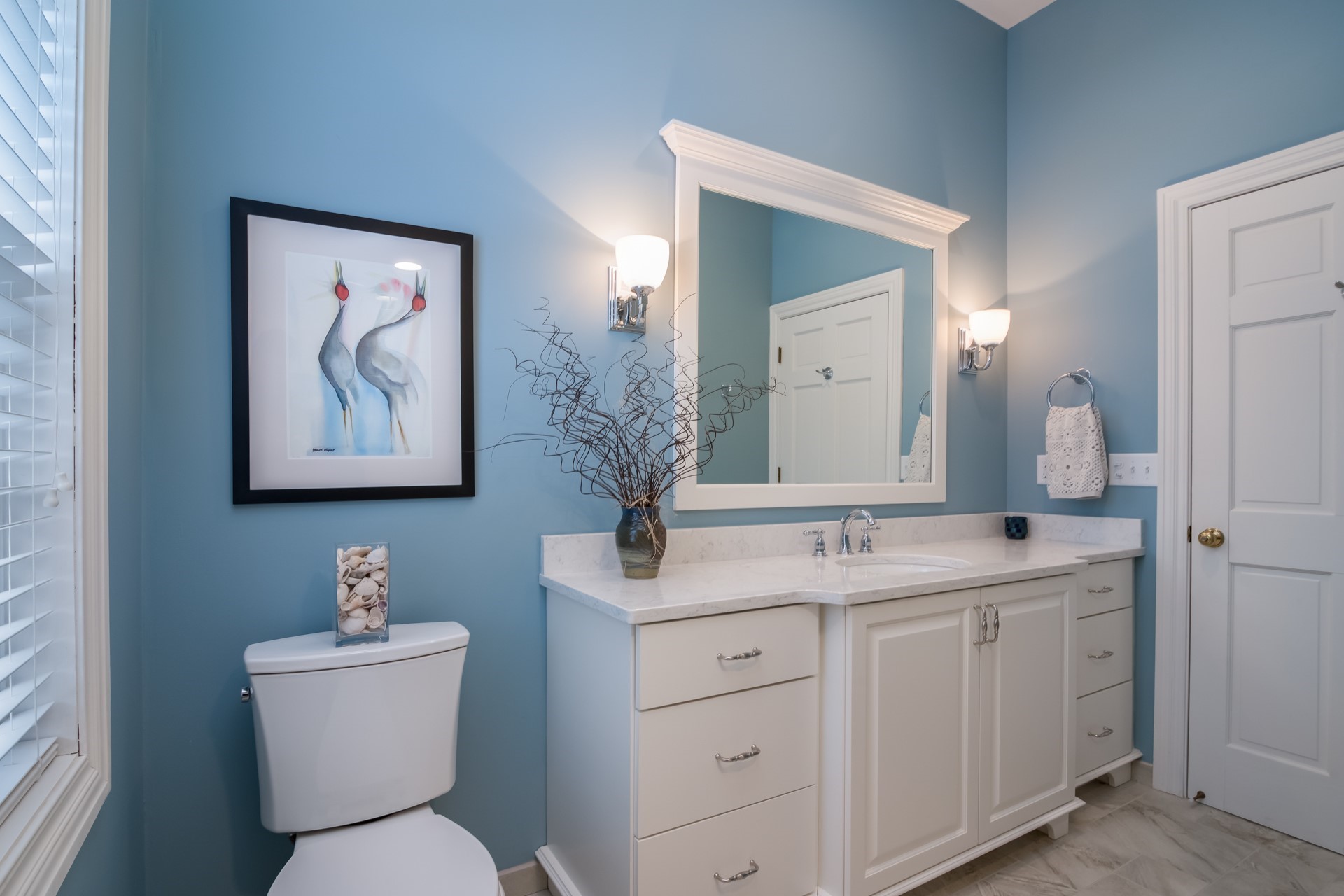

0 thoughts on “Edible Landscape Design Combine Beauty And Functionality”